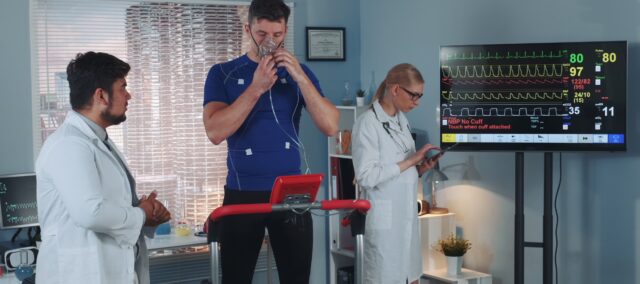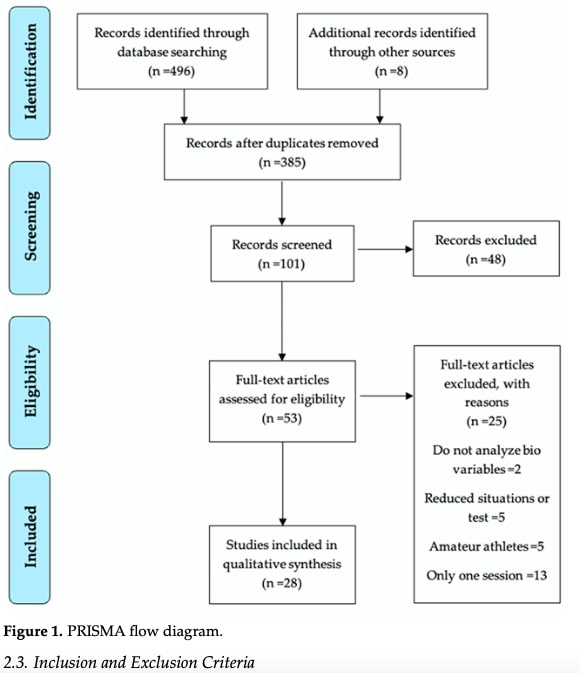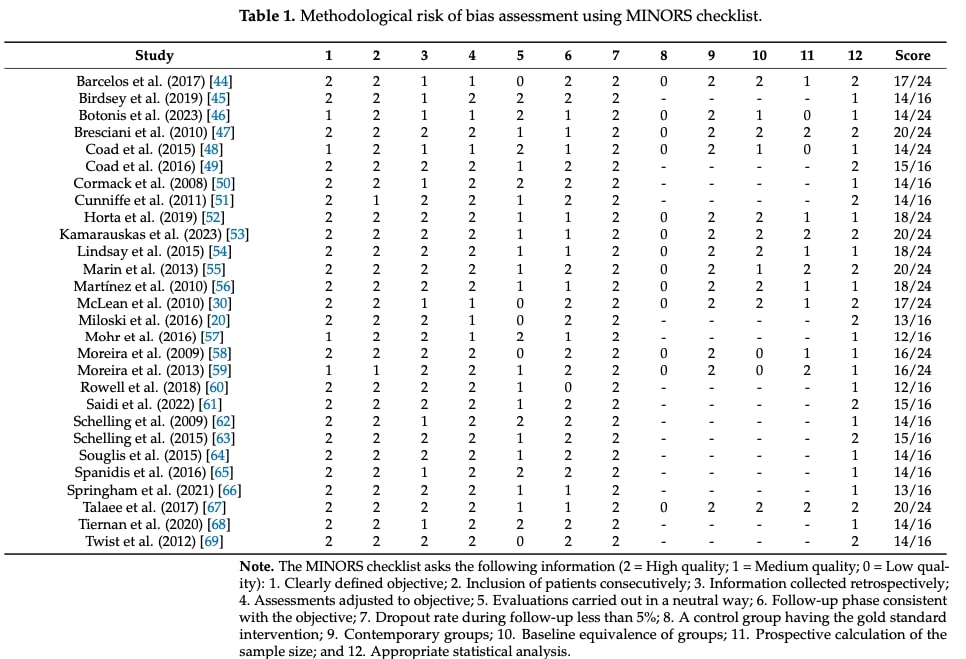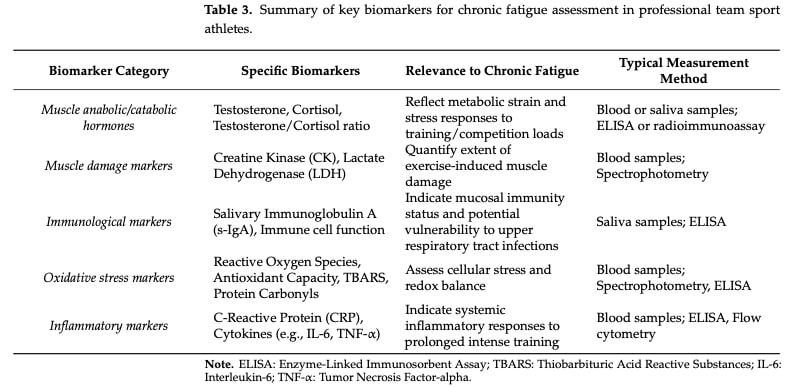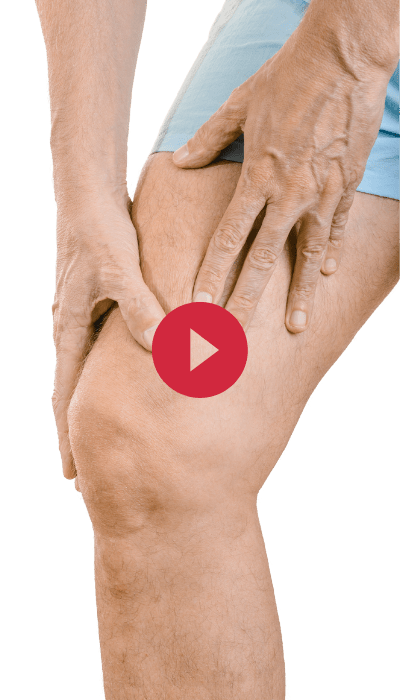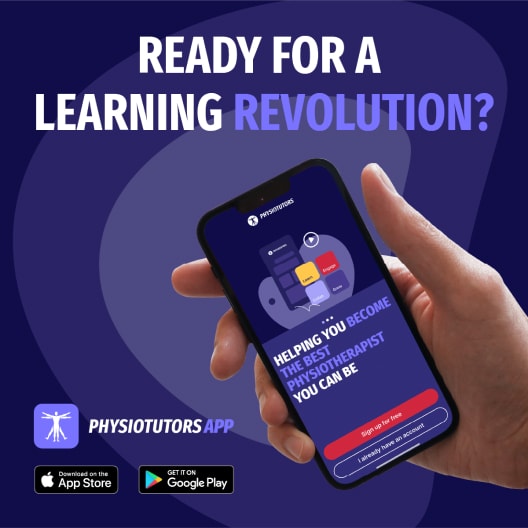
Félix Bouchet
My goal is to bridge the gap between research and clinical practice. Through knowledge translation, I aim to empower physiotherapists by sharing the latest scientific data, fostering critical analysis, and breaking down the methodological patterns of studies. By promoting a deeper understanding of research, I strive to improve the quality of care we provide and strengthen the legitimacy of our profession within the healthcare system.
